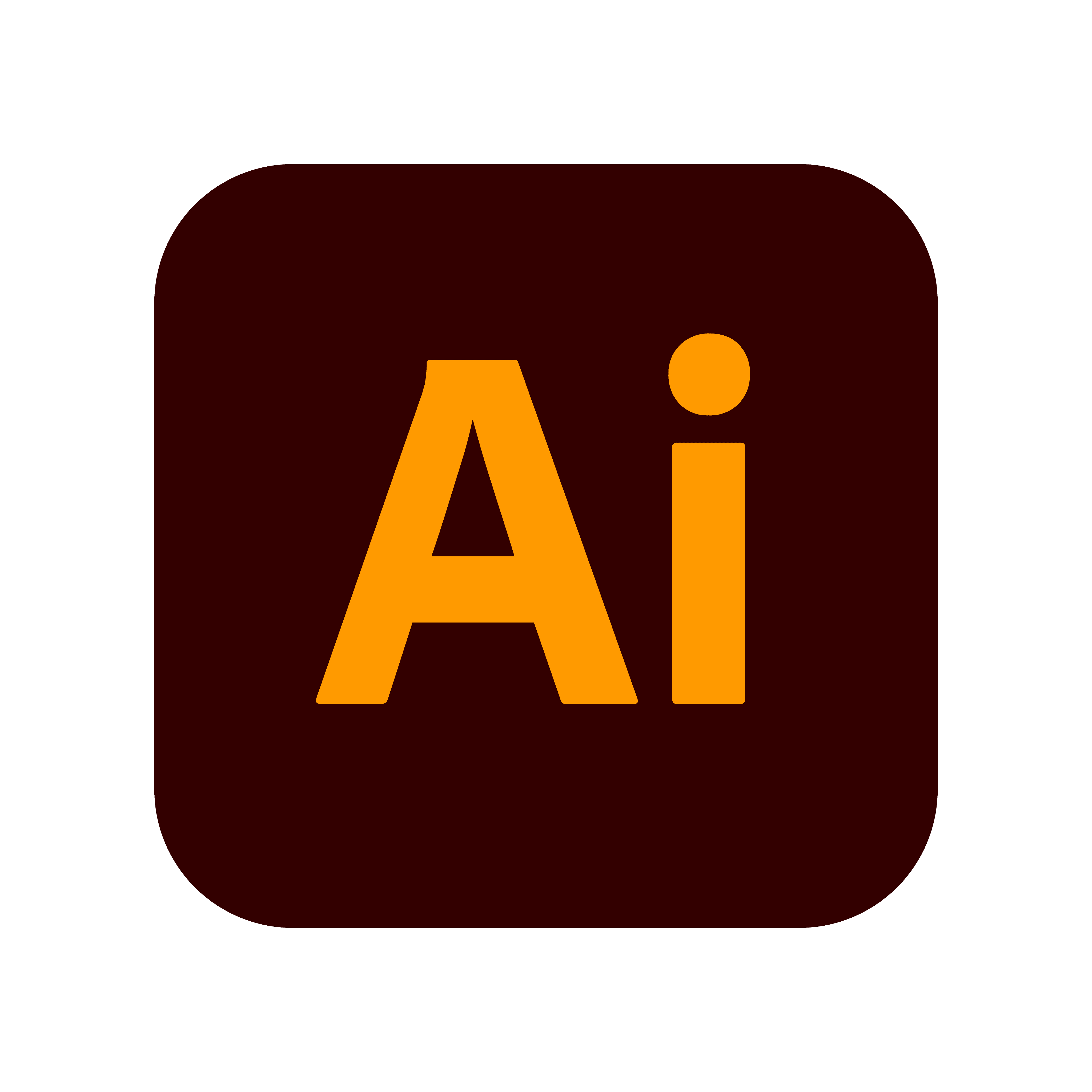
Philips Healthcare Internship Project
Worked on the User experience design for the surgery C-arm system for the IGT MOS Zenition 70 product. The brief given was to design an experience for a single big monitor which incorporates the current UI of two monitors into one.


Team
System Engineering Head
Usability Experts
Doctors
Technicians
My Contribution
Information Architecture
User Flows
UI Design
Please Note
This project is covered by a non-disclosure agreement, so I’m unable to showcase the high-fidelity designs or specific visual assets created in response to the project brief.

Project Brief
To enhance the current user experience of the UI by combining the UI for the current two monitors into one big monitor by understanding the clinical workflow

Aim
Create UX Designs for the monitor’s UI which makes the tasks more efficient for clinicians and technicians. By understanding the current workflow of the system Research about monitor types, resolutions, display size and calculations. Understanding and keeping in mind the patient’s safety and quality while designing the UI.
User Flow (Clinical workflow)
Following is a high level overview of the user flow of when the user in this case a technician would operate on the monitors to view the image captured from the C-arm and edit it according to the doctor’s instructions.
Secondary and Primary Research
Read and understood the working of Zenition 50 and 70 instructions for use.
Conducted secondary research about resolution of the monitors used, aspect ratio, minimum size that both the images displayed need to be of.
Interviewed Doctors and Technicians to get a walkthrough of the system and understand the current usage of icons on both the monitors to understand how to display dosage through icons.

Iterations and Wireframing
Iteration and wireframes were done post this, combining the two monitor screens and icons in way that makes sense for the technician to have easy access to all options and to edit and magnify the images.


More variations of the UI were done while arranging the icons in panels and trying different variations of some icons being under a dropdown. The UI screens are below and are blurred due to the NDA. Post creating was the end of the internship where I presented the designs created to the team while showcasing the process followed. These designs then were used as a base for creating Mobile Zenition 70’s interface.






Key Takeaways from my experience
User-Centered Design in Clinical Settings
Working with surgical X-ray systems taught me the importance of designing with empathy for users in high-stakes, clinical settings. Conducting interviews with Doctors gave me a deep understanding of their workflows, allowing me to tailor the interface for both usability and efficiency.
Iterative Interface Improvement
By analyzing feedback from healthcare professionals, I could identify specific areas for interface improvement, which helped me iterate on designs to create intuitive, streamlined solutions aimed at enhancing patient outcomes.
Impact-Driven Innovation
My work demonstrated how effective UX design can directly influence real-world impacts, from supporting medical professionals in their roles to potentially saving lives, reinforcing my commitment to designing meaningful, user-focused solutions.

